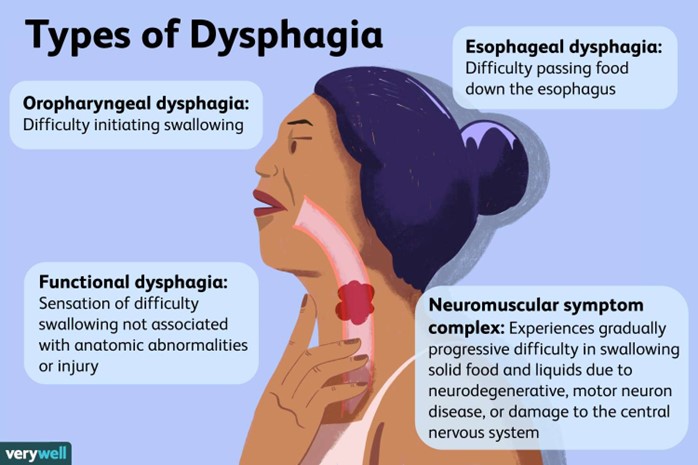A nurse is teaching about nutrition to a client who has a new diagnosis of chronic kidney disease. Which of the following recommendations should the nurse include in the teaching?
Increase phosphorus intake.
Increase potassium intake.
Limit protein intake.
Limit calcium intake.
The Correct Answer is C
Choice A reason: Increasing phosphorus intake is not advisable for clients with chronic kidney disease, as they may have hyperphosphatemia, a condition of high phosphorus levels in the blood. Hyperphosphatemia can cause bone loss, calcification of soft tissues, and itching.
Choice B reason: Increasing potassium intake is not advisable for clients with chronic kidney disease, as they may have hyperkalemia, a condition of high potassium levels in the blood. Hyperkalemia can cause muscle weakness, numbness, tingling, and cardiac arrest.
Choice C reason: Limiting protein intake is advisable for clients with chronic kidney disease, as protein metabolism produces urea, which is excreted by the kidneys. High protein intake can increase the workload and damage of the kidneys, and cause uremia, a condition of high urea levels in the blood. Uremia can cause nausea, vomiting, fatigue, and mental confusion.
Choice D reason: Limiting calcium intake is not advisable for clients with chronic kidney disease, as they may have hypocalcemia, a condition of low calcium levels in the blood. Hypocalcemia can cause muscle spasms, seizures, and cardiac arrhythmias.
Nursing Test Bank
Naxlex Comprehensive Predictor Exams
Related Questions
Correct Answer is B
Explanation
Choice A reason: Telling the client to lie down after eating can increase the risk of aspiration pneumonia, as food or liquids can enter the lungs more easily when lying down.
Choice B reason: Instructing the client to tuck her chin when swallowing can help prevent aspiration pneumonia, as it closes off the airway and directs food or liquids into the esophagus.
Choice C reason: Placing the client in a Fowler's position to eat can help prevent aspiration pneumonia, as it elevates the head and chest and allows gravity to assist with swallowing.
Choice D reason: Encouraging the client to drink water before each meal can increase the risk of aspiration pneumonia, as it can thin out saliva and make it harder to control swallowing.

Correct Answer is C
Explanation
Choice A reason: Including a high-fat food with each meal is not a good strategy for managing chronic nausea during pregnancy because it can delay gastric emptying and worsen nausea and vomiting. High-fat foods should be avoided or consumed in moderation during pregnancy.
Choice B reason: Drinking 12 ounces of water with breakfast is not a good strategy for managing chronic nausea during pregnancy because it can dilute stomach acid and trigger nausea and vomiting. Water should be consumed between meals rather than with meals during pregnancy.
Choice C reason: Eating a high-carbohydrate diet is a good strategy for managing chronic nausea during pregnancy because it can provide quick energy and prevent hypoglycemia, which can cause nausea and vomiting. Carbohydrate-rich foods, such as crackers, toast, rice, and cereal, can also absorb stomach acid and reduce nausea and vomiting.
Choice D reason: Lying down for an hour after eating is not a good strategy for managing chronic nausea during pregnancy because it can cause acid reflux and worsen nausea and vomiting. It is better to sit upright or walk for a few minutes after eating during pregnancy.
Whether you are a student looking to ace your exams or a practicing nurse seeking to enhance your expertise , our nursing education contents will empower you with the confidence and competence to make a difference in the lives of patients and become a respected leader in the healthcare field.
Visit Naxlex, invest in your future and unlock endless possibilities with our unparalleled nursing education contents today
Report Wrong Answer on the Current Question
Do you disagree with the answer? If yes, what is your expected answer? Explain.
Kindly be descriptive with the issue you are facing.
